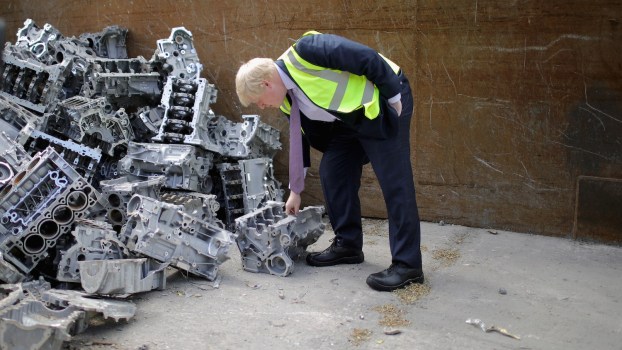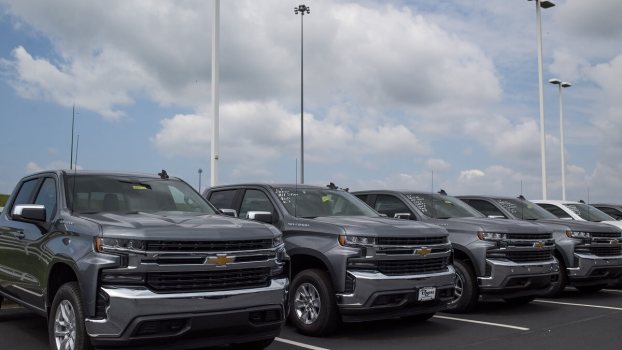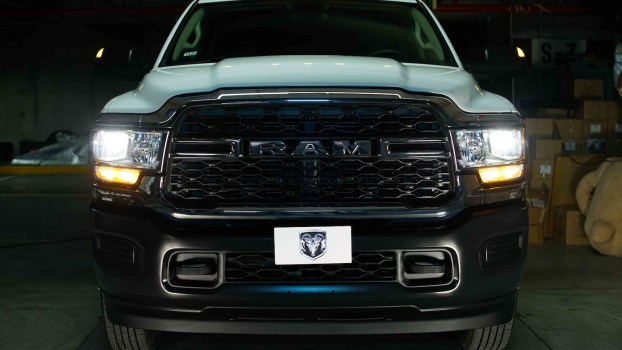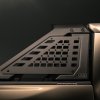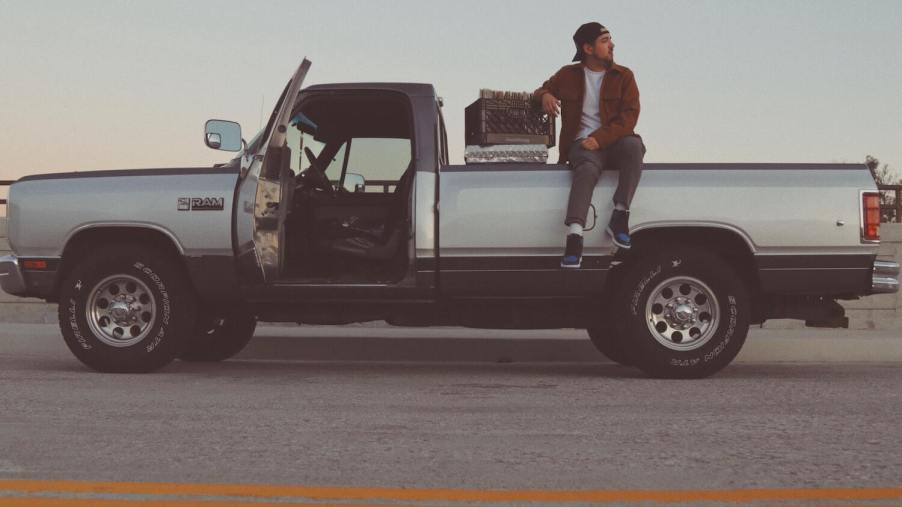
What Killed the Regular Cab Pickup Truck?
I drive regular cab pickup trucks, but I’m one of the only people I know who does. In fact, 2020 regular cab pickups sales fell to 3% of total new trucks (1% in Canada). Meanwhile, full crew cabs accounted for 85% of new trucks. So what killed the regular cab pickup truck? The truth is that it was probably a combination of factors–including government emissions regulations–that made the crew cab the default truck choice.
The slow death of the regular cab pickup truck

The name regular cab (also called a standard cab) points to how the two-door truck with a single bench seat was once the default pickup configuration–according to CarMax.com. For decades, the four-door truck with a full second row of seats was a rare option selected by owners who needed to transport an entire work crew (thus the “crew cab”). But times have certainly changed.
The regular cab is on its way out. Toyota no longer offers regular cab configurations of either the Tundra or Tacoma (though it still offers an 8′ bed/extended cab Tundra). Nissan no longer offers regular cab configurations of its Titan. If you want a regular cab Ram 1500, you must choose an old fourth-generation model badged as the Ram 1500 “Classic.” Ford and General Motors still build regular cab half-tons and heavy-duty trucks for fleet operators. But when Ford engineered its new compact Maverick and Jeep engineered its midsize Gladiator, neither automaker bothered developing configurations smaller than a crew cab.
So what killed the regular cab?
Regular cab trucks are less practical
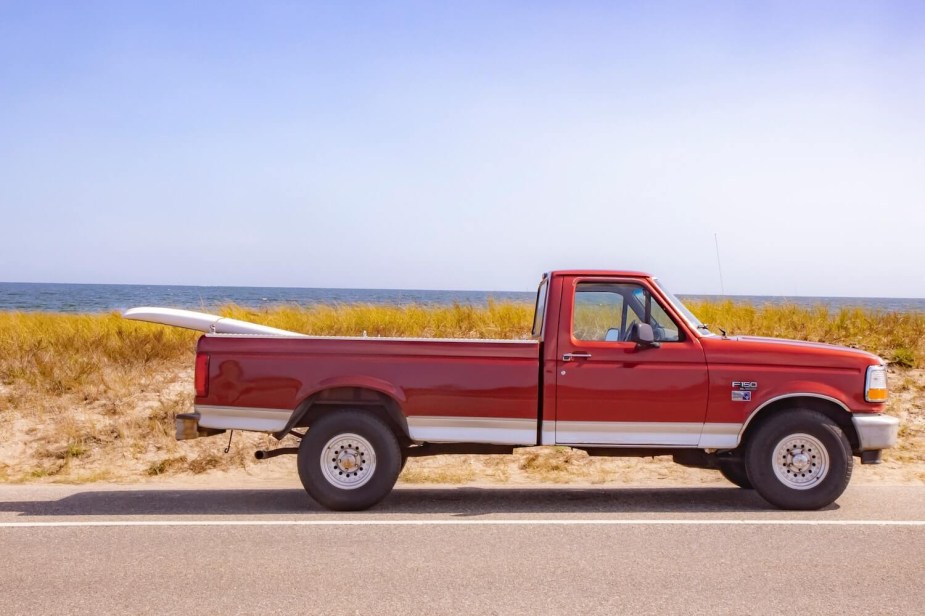
First of all, more efficient engines closed the mpg gap between regular and crew cabs. My colleague Allison Barfield even revealed that with its shorter wheelbase, the regular cab configuration must meet stricter emissions requirements and thus costs the consumer more.
Second of all, longer wheelbase trucks were once a handful to drive. But today, powerful engines and good transmissions mean even the largest pickups can keep up with highway traffic. Better steering and features such as backup cameras make driving and parking these vehicles easier.
Finally, modern drivers carry passengers in pickup cabs more often. When trucks had a top speed of 50 mph and poor ride quality, they didn’t make great family vehicles. But modern versions are quick and comfortable. I also suspect that it was once more common to transport passengers in the bed of regular cab trucks. But even though it’s legal to transport passengers in truck beds, it has become rare.
Regular cab trucks are just less comfortable
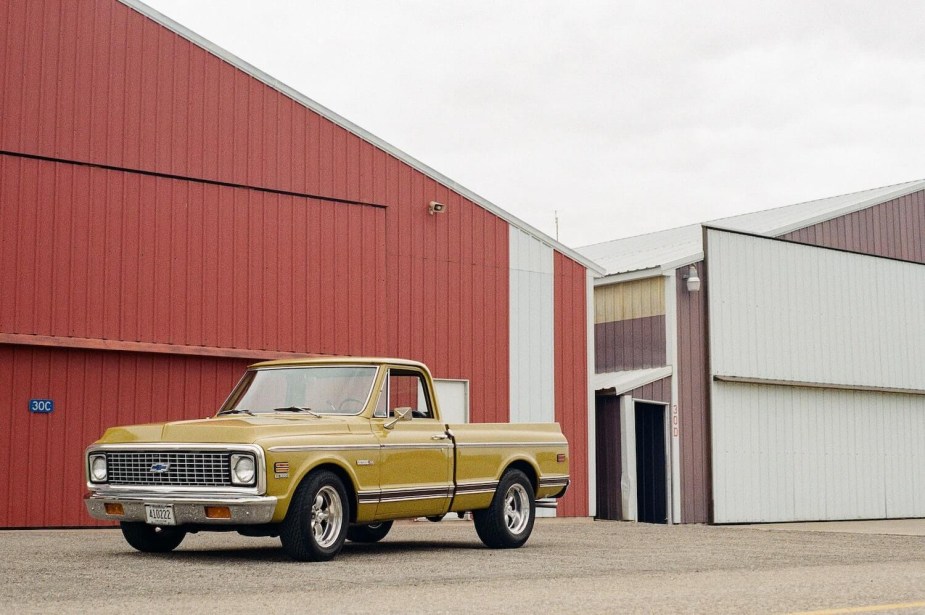
As a regular cab pickup driver, I can be blunt: small cabs can be a pain. A regular cab truck doesn’t even have room for a large toolbox. Sure, you can install an in-bed toolbox. But that eats up cargo room.
In a crew cab, you can put cargo such as groceries in the back seat. But in a regular cab, if it’s snowy or rainy, you need a tonneau cover or topper to keep your luggage dry.
And then there are passengers. Technically, my regular cab has three seatbelts. And you could even carry four people in a pinch. But because it’s a stickshift, fitting two people and a dog into the cab begins to feel crowded. And I know drivers who never carry passengers, but insist on an extended cab just so they can recline their seat a bit. Regular cab trucks are surprisingly uncomfortable.
Who still drives regular cab trucks?
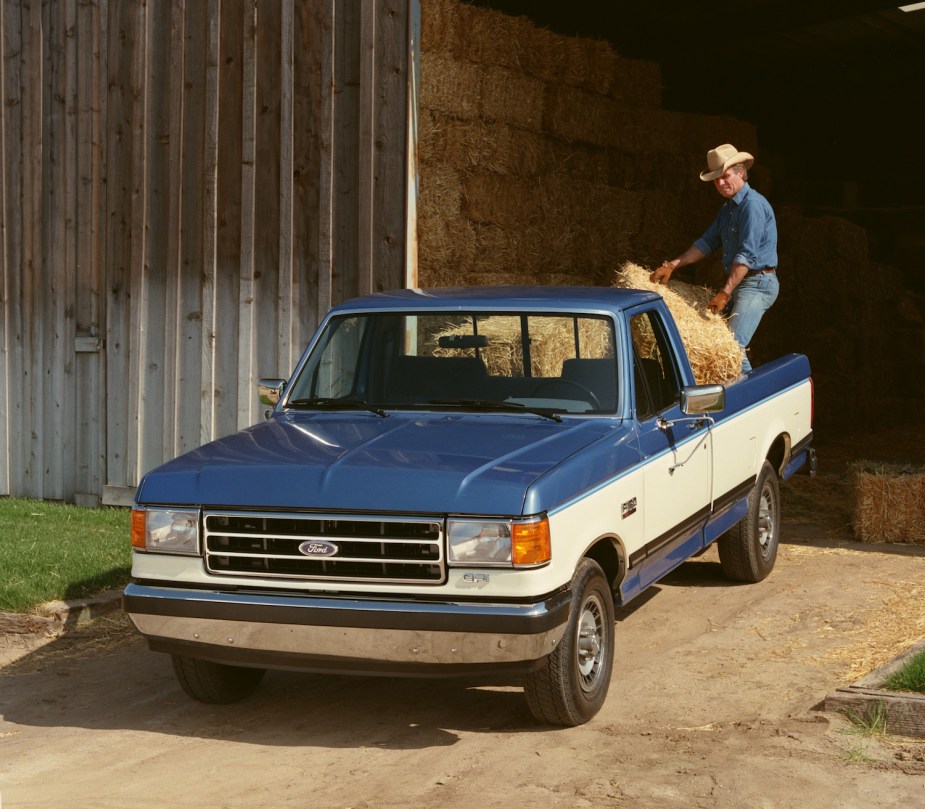
Many people, primarily classic truck drivers, insist on regular cab trucks. But their reasons are as varied as they are.
Some people prefer regular cab trucks because they weigh less. These are often muscle truck fans seeking a manual truck with a V8 engine to build up for straight-line speed.
Other drivers love the tight turning radius of regular cab, short-bed pickup trucks. These folks are off-road enthusiasts who know a regular cab short-bed pickup truck can often tackle the same trails as SUVs such as Jeeps.
Finally, some people prefer the ratios of a regular cab pickup truck. For example, nothing looks sleeker than a lowered, regular cab, long-bed truck.
Next, find out who actually decides which trucks are “Heavy Duty?” or see one of the last regular cab trucks reviewed in the video below:
